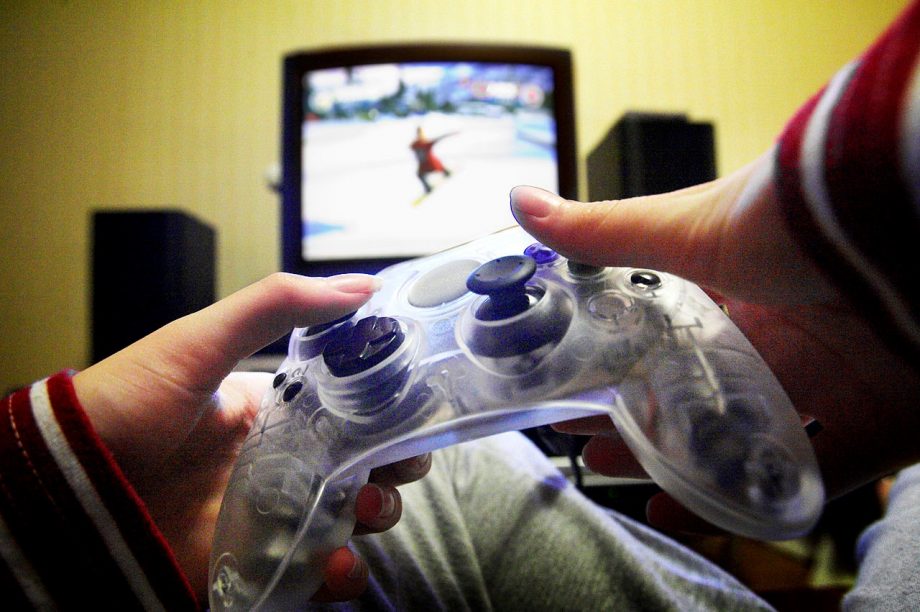Wake Up Hacks: Tips to Waking up in the Morning

The first streams of morning light filter in around the edges of your curtain and fall across your face, causing your eyelids to flutter open. What you do next will have a significant impact on the first several hours of your day. Do you yawn and stretch and experience a tingle throughout your body at the thought of beginning your day? Or do you hit the snooze button, roll over in dread, and pull the pillow over your head? Did you wake up naturally, or was it to the screeching of an alarm clock?
The answers to these questions are critical when it comes to getting your day off to a good start … or beginning another stressful morning of desperately trying to pull your act together and get out the door on time. Which will it be? The answer to that question depends on two things: How you went to sleep , and what you know will greet you when throwing off your comforter and sit up to begin your day.
Ride the Rhythm
We, humans, have been fighting a battle for generations; one most of us aren’t even aware we are fighting. Our primitive ancestors didn’t have to fight this particular battle. They didn’t have the tools to fight it or even a reason to resist. They went to sleep shortly after the sun went down and awakened naturally when the sun came back up. They followed the natural circadian rhythm which they shared with most life on earth, even plant life. When their eyes started to perceive a dimming of the natural light, their brains produced melatonin in response and they became sleepy. Then they crawled off to sleep in their piles of furs.
In today’s world, we circumvent the natural rhythm that the rest of the earth follows by exposing our eyes to blue/white light from our lamps, television, computer and phone screens. The production of melatonin is delayed, we stay awake long past sunset, and then are awakened in the morning by the jarring screech of an alarm when we are still in REM sleep, instead of naturally cycling out of deep REM and into a lighter sleep before awakening.

Follow, don’t Fight
Correcting this unnatural sleep rhythm is the first and most important tip to making arising in the morning a much more pleasant experience. Instead of fighting the battle, surrender to circadian rhythm and try moving your bedtime back toward something closer to that of our primitive ancestors. Do you have to go to bed at sunset? No. But shortly after the sun goes down you and your family can begin to limit the amount of blue/white light your eyes are exposed to in your home.
Have a screenless family dinner to motivate the whole family to change their sleep/wake habits. Turn off overhead lights and use something that mimics firelight. Candles work great, but any warm or yellow-toned light will allow your brain to begin producing melatonin. Turn off all screens about an hour before you plan to sleep. Instead of Netflix or social media, take a bath or read a book. Avoid fast-moving video games with stimulating blue/white screen light before bed.

Once you’ve moved your bedtime back enough to allow yourself eight hours of sleep per night, you may find yourself waking up naturally before the alarm goes off. This means that your body is waking up from the lightest sleep cycle instead of being jerked out of deep sleep by an angry alarm. The difference in how it feels to wake up naturally will astound you. You won’t experience the groggy, drugged feeling which occurs from waking up from the wrong sleep cycle. You can begin every morning as though it’s Saturday.
Reward Rising
The second most important tip to a more pleasant experience in the morning is to reward yourself upon awakening. Notice how much easier it is to get out of bed in the morning on the weekend when you know you aren’t going to be stressed out and rushing to get to work? Well, the same principle can apply even to your workdays if you leave yourself enough time in the morning to schedule something enjoyable for when you first wake up.
Have your coffee pot ready to go with a timer, or simply set it up the night before so you only have to press a button. Then you can take your coffee back to bed and allow yourself a half-hour of reading in bed or watching your current binge program. This little reward will make all the difference in how you feel about waking up. Sure, your first thought might be, “I want to go back to sleep,” but your second thought will be, “but how nice it will be to have a little quiet time to relax before beginning my day.”
Yes to Yoga
If you’ve ever tried yoga, you’ve probably found that it’s a form of gentle exercise that’s soothing to the mind and spirit. Yoga is the ideal way to ease into your day. You don’t have to perform amazing feats of balance and flexibility, just some gentle stretches and simple balance exercises to get your circulation moving and your mind ready to focus. Practicing yoga for even a few minutes a day can actually help improve the quality of your sleep, adding further benefit.
After the gentle movement of yoga, many people follow with a short period of meditation, often during Shavasana, or corpse pose. Shavasana is the period of mindful, relaxed, deep breathing and total muscle rest used to reintegrate your mind with your body after the mild physical exertion of yoga; and it’s a fantastic way to begin your day.
Mornings are also a good time to get physical. An exercise regimen in the morning gets your blood pumping. Circulation is key to getting oxygen-rich blood throughout your body and brain in order to heal and nourish your body and stimulate your brain to its optimal performance before beginning work. Ensuring that you get some physical activity during your day becomes even more important for those over 35. Sleep quality can decline as you age, and regular physical activity has been shown to improve the quality of sleep.
Lose the Snooze
Do you hit the snooze button on your alarm each morning, thinking you will benefit from the extra nine minutes of sleep? Do you hit snooze more than once? If so, you are probably making your morning much harder than it needs to be. When you choose the snooze, you are first waking yourself out of deep sleep by a jarring alarm. Then allowing yourself to drift back into the first stage of sleep. Giving your body this false promise of sleep means that your brain will immediately produce powerful hormones to initiate the usual round of sleep cycles it expects upon entering sleep. Then your alarm rings again, and you are forced awake just when your body should be preparing for the second cycle of deeper sleep. This powerful cocktail of sleep hormones have already entered your body, and the drowsy effects of them may leave you feeling groggy and disoriented for as much as the first two to four hours of your day.
Another reason to choose not to snooze is the fact that continually using your snooze button in the morning will eventually retrain your brain as to the meaning of your alarm. Your alarm should mean that it’s time to wake up. By hitting snooze, and allowing yourself to go back to sleep, your brain soon learns that instead of meaning, “Wake-up!” your alarm’s clanging or buzzing simply means, “Don’t worry … you can go back to sleep.” Eventually, this leads to ignoring your alarm, hitting snooze more times than you intended, and then having to scramble to get to work on time. The exact opposite of how you’d like to begin your day.

These tips might seem simple, but they are likely to make a profound difference in how you face your mornings. Following instead of fighting your natural sleep rhythms, scheduling a reward for first thing in the morning, (You deserve it! You woke up!) and engaging in some restorative physical activity along with ignoring the seductive snooze button, can take your mornings from turmoil to tranquil.
Resources: VeryWell Health , WebMD , HelpGuide Harvard




































































































